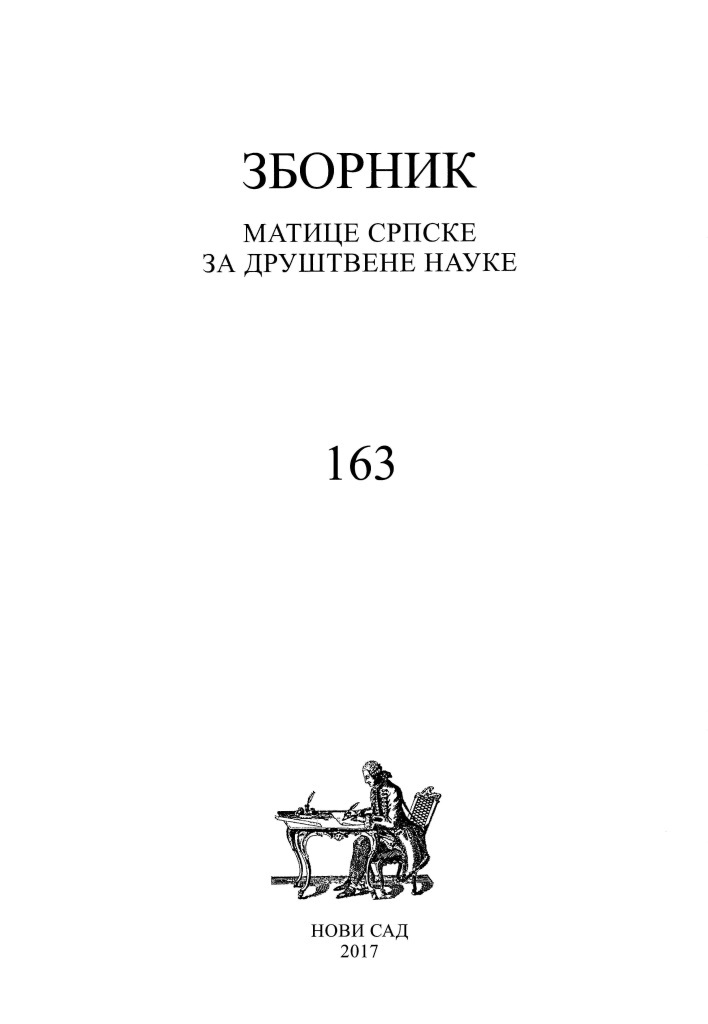Унапређење квалитета живота особа с инвалидитетом коришћењем дигиталне технологије
Improving the Quality of Life of Persons with Disabilities by Using Digital Technologies
Author(s): Dejan Masliković, Nataša KrstićSubject(s): Human Rights and Humanitarian Law, Human Ecology, Welfare services
Published by: Матица српска
Keywords: digital technology; persons with disabilities; Serbia
Summary/Abstract: In today’s postinformation society, digital technology has the technological means and innovative solutions which can personalize and customize services to meet the requirements of every user without any barriers. Service personalization is most apparent in the use of the internet, mobile phones, TV, and e-government. Consequently, due to its characteristics, adaptability and openness, digital technology can greatly facilitate and accelerate inclusive processes in society. Mobile devices and services, the internet together with digital cable and terrestrial TV network are just some of technological tools available to modern society for the inclusion of marginalized social groups, including the persons with disabilities. The introductory chapter considers the basis for the use of digital technology in developing an inclusive society, while the research shows the extent to which digital technology is used, as well as the real needs of persons with disabilities for the purpose of finding potential to improve the quality of their life. The conducted research is based on a quantitative testing of two hypotheses, namely, whether persons with disabilities use digital technology to the same extent as persons without disabilities, and whether there are any differences with respect to the improvements of the quality of life as a result of the use of digital technology. For the purpose of testing the hypotheses, based on the sample group of 185 respondents, with 95 of them being persons with disabilities and 90 being persons without disabilities, a comparison was done of average values through t-test, as well as the comparison of relative frequencies by applying x2 test for independent samples. The results have shown that persons with disabilities use digital technology less than persons without disabilities, which only exacerbates the digital exclusion of persons with disabilities. Nevertheless, both groups have the same expectations with respect to the possibility of improving their lives. Noticeable potential for improving the quality of life for persons with disabilities has been noted by raising the use of digital technology to a higher level, especially with the use of mobile phones and the internet. The analysis of the research results has provided data which are significant for estimating the capacity of digital technology and further application of the technology in developing an inclusive society. This paper also proved that an interdisciplinary approach to such a vulnerable subject as inclusion and the social status of persons with disabilities can have beneficial results, as it can be used as guidance in further development of available tools, applications and other digital gadgets.
Journal: Зборник Матице српске за друштвене науке
- Issue Year: 2017
- Issue No: 163
- Page Range: 539-552
- Page Count: 14
- Language: Serbian

